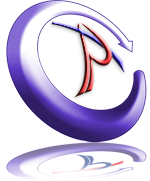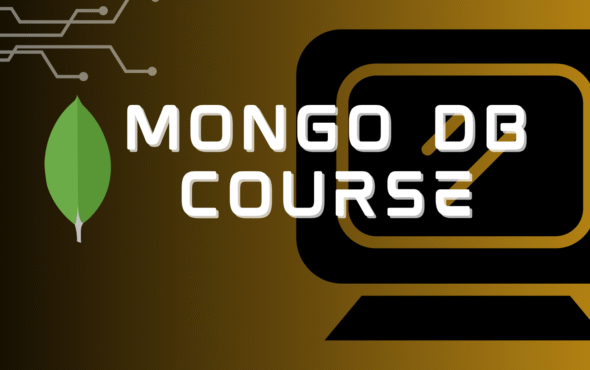About Course
This Java programming course focuses on platform-independent coding with real-world applications. Students learn fundamentals to advanced OOP concepts and frameworks for academic and career readiness. With flexible training modes (online/offline) and customizable durations Short term – (1 month) / Long term – (3 to 6 month), learners gain confidence in Java development.

Course Duration Options
- Short-Term Training (1 Month): Basics of Java, arrays, loops, and introductory OOP.
- Long-Term Training (3–6 Months): Exception handling, packages, collections, multithreading, JDBC, and project development.
Course Content
Introduction to Java
-
Overview of Java & its features (platform independence, OOP)
-
Installing JDK & setting up IDE (Eclipse/NetBeans/IntelliJ)
-
Writing & running the first Java program
-
Java syntax, variables, constants, and data types
-
Operators and type casting




